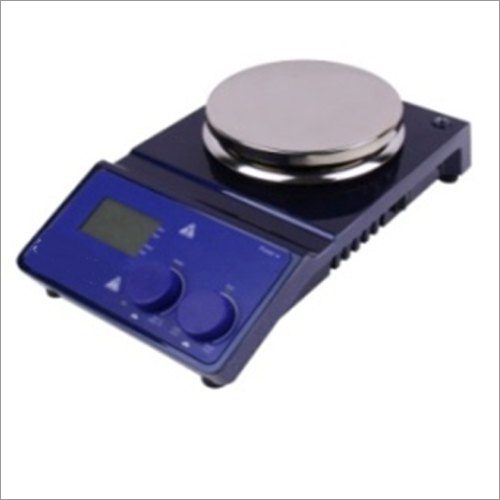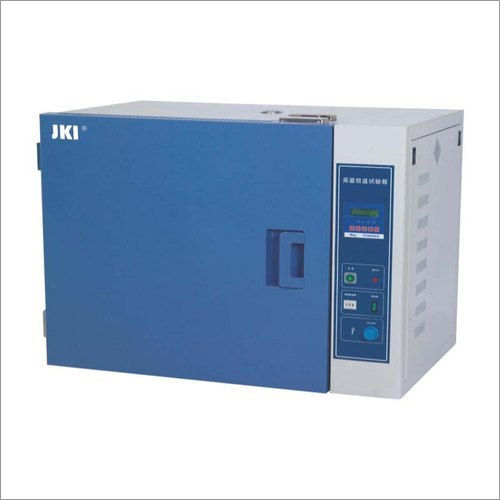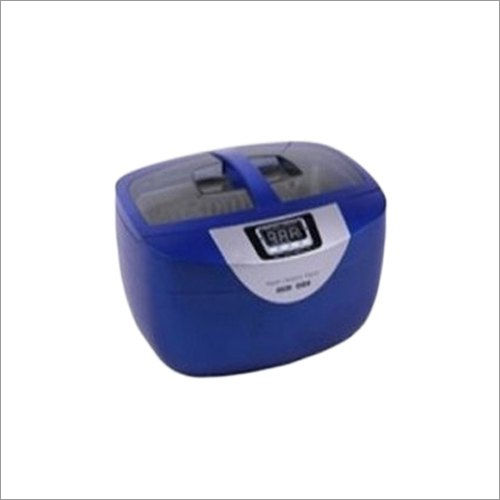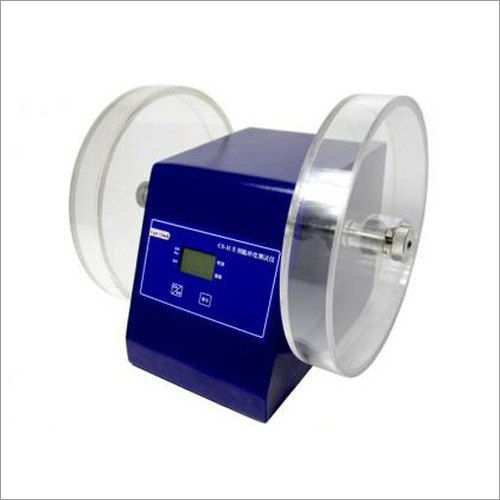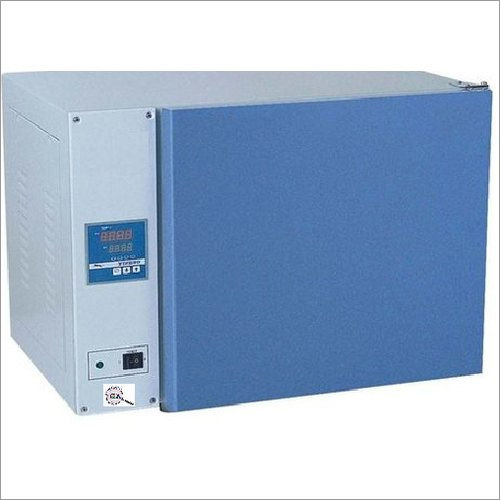Analog Hot Plate
Product Details:
X
Product Description
An analog hot plate is a laboratory heating device used for a variety of purposes, such as heating liquids, melting solids, or maintaining the temperature of a reaction. It consists of a flat, circular plate made of metal or ceramic, which is heated by an internal heating element. The temperature of the plate is controlled by an analog knob or dial, which adjusts the power supplied to the heating element.
Analog hot plates are simple and easy to use, and are often used in teaching labs or for basic heating applications. They are typically less expensive than digital hot plates, but do not offer the same level of accuracy or precision in temperature control.
Analog hot plates come in various sizes and can accommodate different volumes of liquids or solids. They may also have additional features, such as a stirrer or a built-in timer. They are commonly used in chemistry, biology, and other scientific fields for tasks such as evaporating solvents, melting substances, or maintaining the temperature of a reaction.
It is important to follow safety protocols when using an analog hot plate, as they can reach high temperatures and pose a risk of fire or burns. Protective gear such as gloves and goggles should be worn, and the hot plate should be used in a well-ventilated area.
Enter Buying Requirement Details

